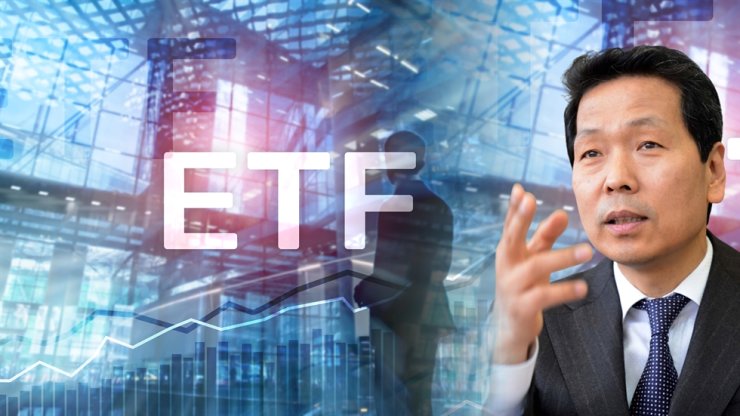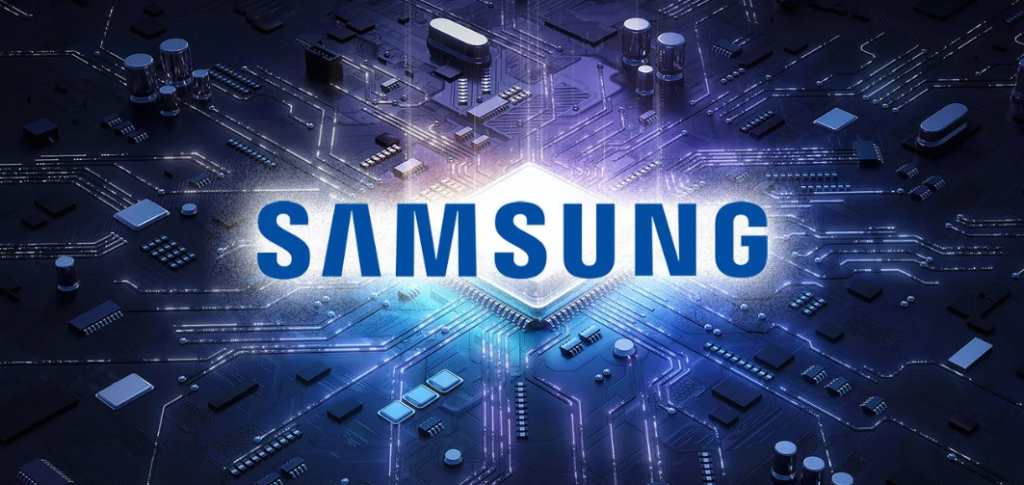
Samsung is one of the most recognizable names in technology, with a vast portfolio that spans consumer electronics, semiconductors, telecommunications, and more. As a global leader in innovation and manufacturing, Samsung presents numerous investment opportunities for those looking to capitalize on the growth of technology and emerging markets. This article will explore the various ways to invest in Samsung and why it might be an attractive option for your portfolio.
1. Why Invest in Samsung?
Samsung Electronics Co., Ltd. is a multinational conglomerate headquartered in South Korea. It’s best known for its consumer electronics, particularly smartphones, televisions, and home appliances, but its reach extends far beyond that:
- Market Leadership: Samsung is a dominant player in several key industries, including smartphones, memory chips, and display technologies. Its ability to maintain leadership in these competitive markets makes it a strong investment candidate.
- Diversified Business: Samsung’s diversified portfolio, which includes semiconductors, mobile communications, and consumer electronics, allows it to hedge against downturns in any single sector.
- Innovation: Samsung is known for its commitment to research and development, consistently introducing cutting-edge products and technologies that drive revenue growth.
- Global Presence: With operations in over 70 countries, Samsung benefits from a global market, reducing its reliance on any one region’s economic conditions.
2. Direct Investment in Samsung Electronics
The most straightforward way to invest in Samsung is by purchasing shares of Samsung Electronics. However, it’s important to note that Samsung’s shares are primarily traded on the Korea Exchange (KRX) under the ticker symbol 005930.KS. Here are a few ways to invest:
- Buying Samsung Shares on KRX: If you have access to international markets through your brokerage account, you can buy Samsung Electronics shares directly on the Korea Exchange. This is the most direct way to invest in Samsung’s growth and performance.

3. Investing Through ETFs and Mutual Funds
If buying individual shares isn’t feasible or desirable, another way to gain exposure to Samsung is through exchange-traded funds (ETFs) and mutual funds that hold Samsung stock as part of a broader portfolio:
- ETFs: Many ETFs focused on South Korean markets or the technology sector include Samsung as a significant holding. For example, the iShares MSCI South Korea ETF (EWY) includes Samsung as its largest holding, providing indirect exposure to Samsung along with other South Korean companies.
- Technology ETFs: ETFs focused on global technology stocks might also have exposure to Samsung. These can be a good option for investors looking to invest in the tech sector while diversifying their risk across multiple companies.
4. Investing in Samsung’s Supply Chain
Another approach to capitalizing on Samsung’s success is by investing in companies that are part of its supply chain. Samsung’s extensive network of suppliers and partners includes firms involved in semiconductor manufacturing, display technology, and more:
- Semiconductor Suppliers: Companies that supply materials or equipment to Samsung’s semiconductor division, such as ASML Holding NV (a leader in lithography machines used in chip production), are closely tied to Samsung’s growth in this sector.
- Display Technology: Samsung is a major player in OLED and other advanced display technologies. Investing in companies that supply components or materials for Samsung’s display business can be another way to gain exposure.
5. Risks and Considerations
While Samsung offers compelling investment opportunities, there are risks to consider:
- Global Competition: Samsung faces intense competition from other global tech giants like Apple, Huawei, and Xiaomi in the smartphone market, and from companies like TSMC and Intel in semiconductors.
- Economic Sensitivity: As a global company, Samsung’s performance is influenced by macroeconomic conditions, trade policies, and currency fluctuations. For instance, changes in demand for consumer electronics or shifts in global trade agreements can impact Samsung’s revenue and profitability.
- Regulatory Risks: Being a South Korean company, Samsung is subject to South Korean regulations, which can differ significantly from those in other countries. Additionally, geopolitical tensions, particularly between South Korea and its neighbors, could pose risks.

6. The Future of Samsung
Looking ahead, Samsung’s investment opportunities remain strong, particularly in areas like:
- 5G Technology: Samsung is heavily involved in the development and deployment of 5G technology, which is expected to revolutionize telecommunications and create new revenue streams.
- Artificial Intelligence (AI) and Internet of Things (IoT): Samsung is investing in AI and IoT, aiming to integrate these technologies into its consumer products and enterprise solutions. This focus on innovation could drive long-term growth.
- Semiconductor Expansion: Samsung plans to expand its semiconductor manufacturing capabilities, aiming to challenge industry leaders in advanced chip production. This could position Samsung as a key player in the global semiconductor supply chain.
Conclusion
Samsung offers a variety of investment opportunities, from direct stock purchases to ETFs and supply chain investments. Its leadership in technology, diversified business model, and commitment to innovation make it a strong contender for investors seeking exposure to the tech sector. However, like all investments, it’s important to consider the associated risks and perform thorough research before making any investment decisions. Whether you’re a tech enthusiast or a long-term growth investor, Samsung’s evolving portfolio and global presence offer potential rewards in the ever-changing landscape of technology.





